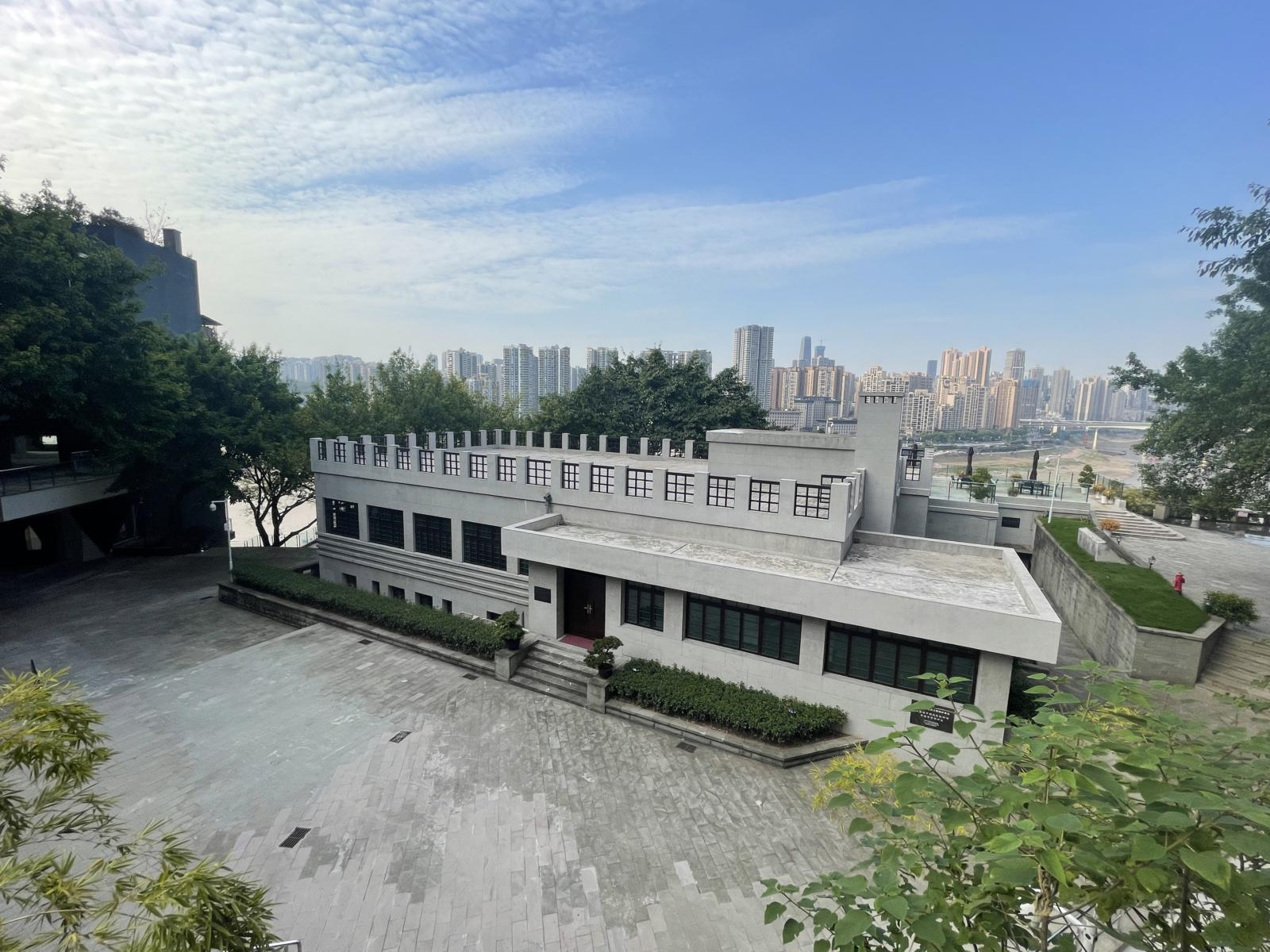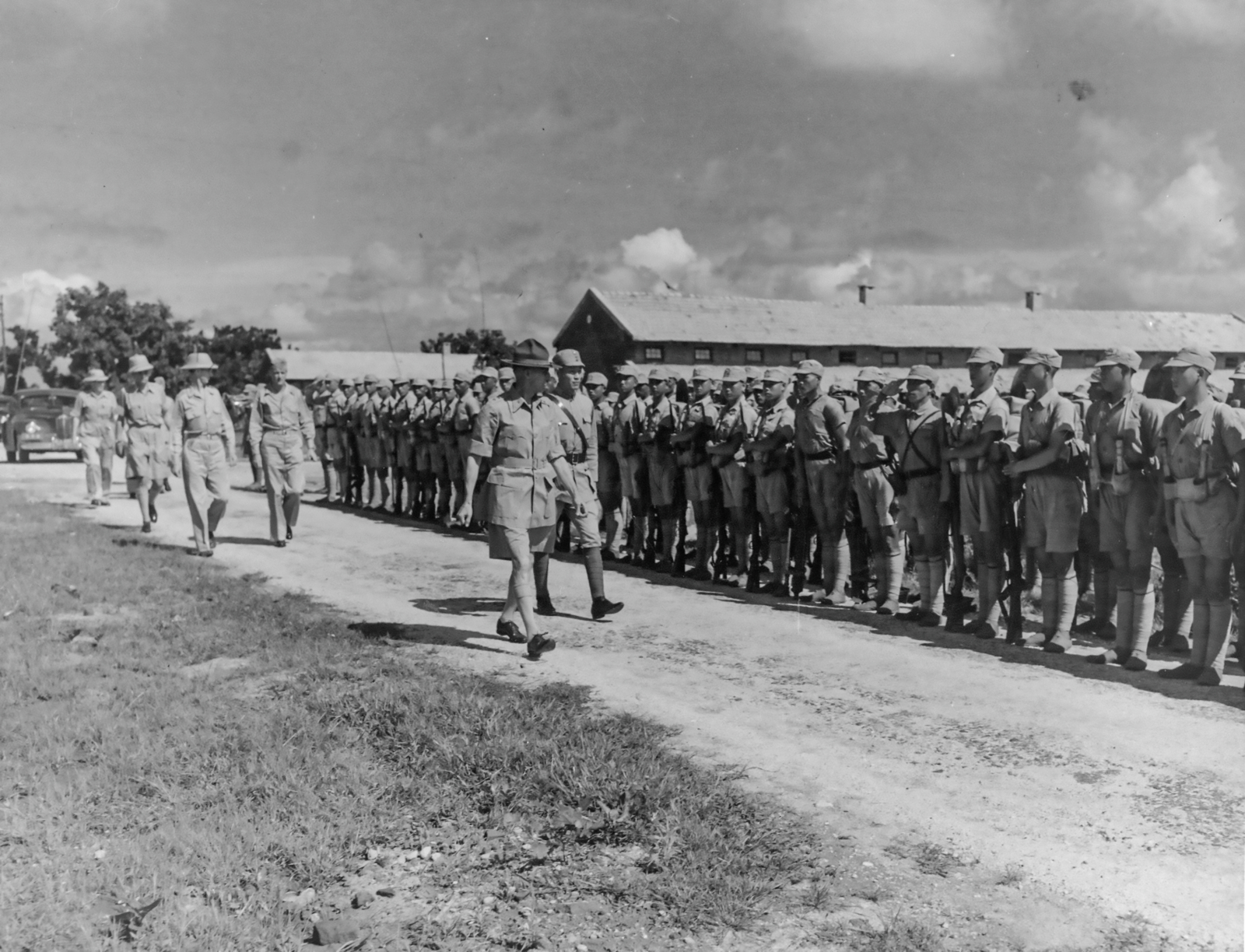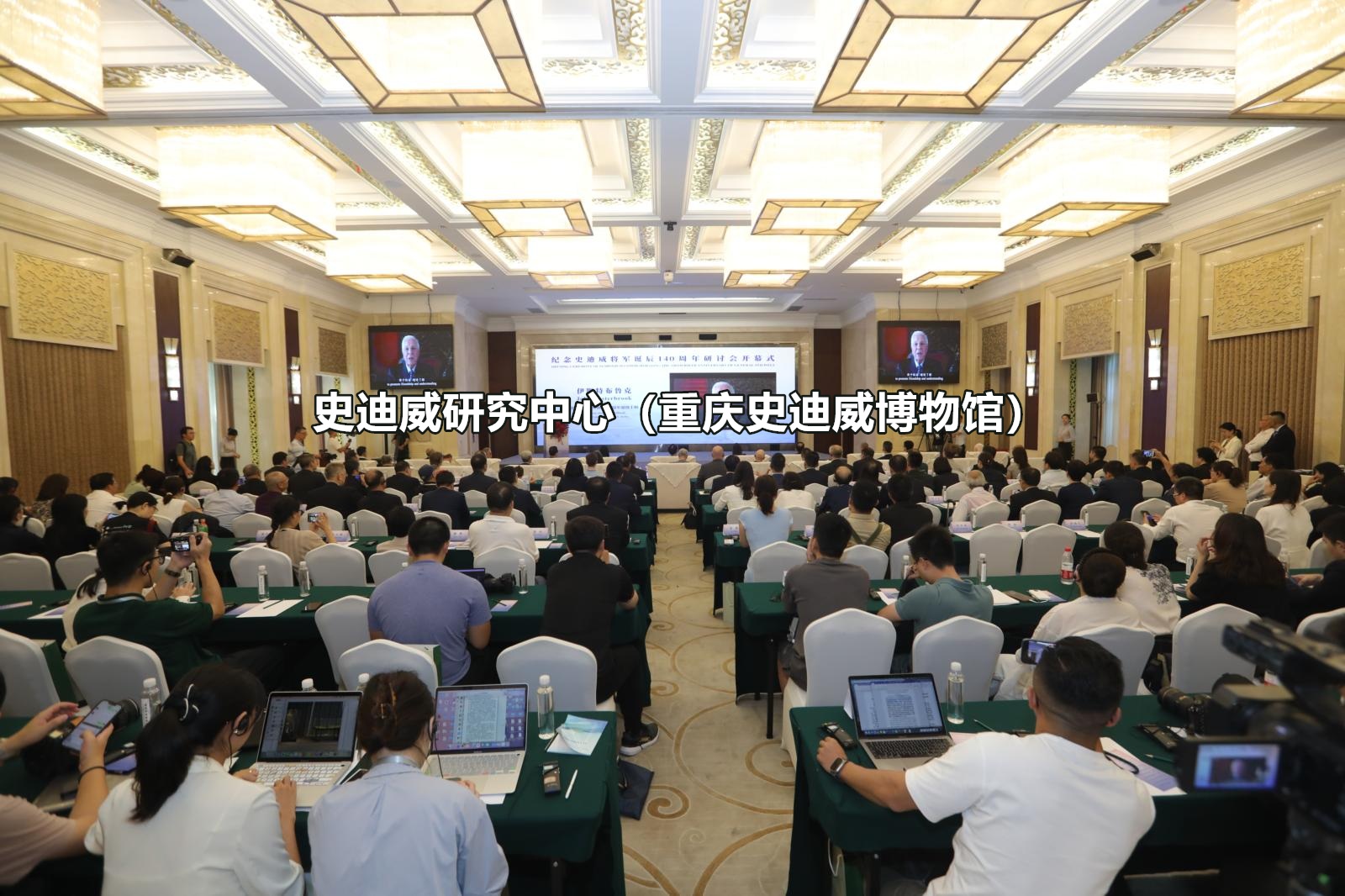品|藏 军用水壶与打火机,史迪威将军的随身物
Collections | Military Canteen and Zippo, General Stilwell’s Belongings
M1910型铝制军用水壶、之宝打火机
M1910 Aluminum Military Canteen and Zippo
1994年南希·史迪威·伊斯特布鲁克捐赠
Donated by Nancy Stilwell Easterbrook in 1994
- M1910型铝制军用水壶
- M1910 Aluminum Military Canteen

▲M1910型铝制军用水壶由水壶、水杯和帆布保护套组成。水壶可装进水杯,水杯外侧有折叠把手,可以放在野营架上,用于烹饪食物。保护套上印有“U.S.”字样,内衬保温毡绒,可让壶内的水保持一定时间的温度,防止行军时出现碰撞发出噪音,也能预防水壶磨损或受到挤压。水壶底部刻“U.S. VOLLRATH 1943”字样,水杯底部刻“U.S. K.M.CO.1944”字样。
The M1910 aluminum military canteen consists of a canteen, a cup, and a canvas cover. The canteen fits into the cup and there is a folding handle on the outside of the cup, which can be placed on a camping rack and used for cooking. The cover is printed with "U.S." lettering, lined with insulating felt, can keep the water in the canteen at a certain temperature, avoid collision noise during the march, and also prevent the canteen from being worn or squeezed. The bottom of the canteen is engraved with the words “U.S. VOLLRATH 1943” and the bottom of the cup is engraved with the words “U.S. K.M.CO.1944”.
- Zippo之宝打火机

采用之宝经典的设计和结构,机身刻满竖形细条纹,中间部位一面刻史迪威名字缩写“JWS”,另一面刻3颗五角星。
M1910铝制军用水壶诞生于第一次世界大战时期,集水壶、水杯、饭盒、烧水等多功能为一体,是美军服役期最长、生产量最大的军用水壶。史迪威将军的副官杨孟东在日记中记录,在缅印战区,他们喝的水先经过化学物处理再灌装在水壶里,味道怪怪的。

▲缅甸密支那。身挎军用水壶的史迪威将军(右一)在前线指挥所开战情商讨会。/ Myitkyina, Myanmar. General Stilwell (far right), carrying a military canteen, held a war situation discussion at the front-line command post.
之宝打火机诞生于1932年。二战时,从美国决定参战开始,为集中全力为军队生产,之宝停止了为消费市场生产打火机。打火机对史迪威来说,是不可离身的物品。在他很多照片中,都有抽烟的画面,包括使用烟斗或短烟杆。杨孟东描述,1944年8月,史迪威将军在缅印战区的临干萨坎司令部会见中国第38师师长孙立人将军,促使他采取更积极的行动,发动进攻抗击日军,保卫北缅甸。“孙将军为史迪威将军和我准备了可容纳两人的地下掩体,进入掩体要通过丛林地面伸向地下近4米的梯子。史迪威将军是个老烟民,尽管通风不好,仍然坚持在地下掩体里抽烟。我在掩体里闻了一晚上烟味后,爬到地面上,和38师的参谋和翻译人员呆在一个临时茅顶竹屋。与此同时,史迪威将军拥有了‘私人空间’,可以尽情地抽烟了。”

▲缅甸临干萨坎。史迪威将军与中国军队的军官们商讨进攻行动。/ Ningam Sakan, Myanmar. General Stilwell discussed offensive actions with officers of the Chinese army.













